Library
All resources
2061 – 2080 of 2421 results

Occupations Under Fire: The labor market in a complex emergency
Report
This paper examines the impact of conflict-induced population displacement on urban labor markets. Data from over 900 working-age individuals in Sudan indicates that long-term urban residents in conflict areas have a higher probability of being employed in skilled sectors relative to similar individuals...
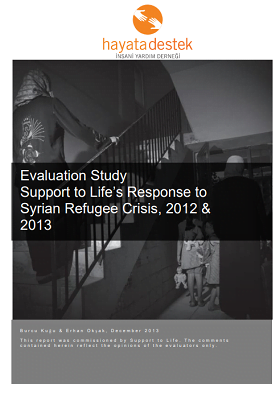
Evaluation Study Support to Life’s Response to Syrian Refugee Crisis, 2012 & 2013
Report
This report is part of enhancing Support to Life’s organisational learning on its Syrian Refugee Programme in Turkey. The specific objective of the evaluation is to present the findings on the achievements, quality and overall impact of Support to Life’s humanitarian response of the Syrian refugee...
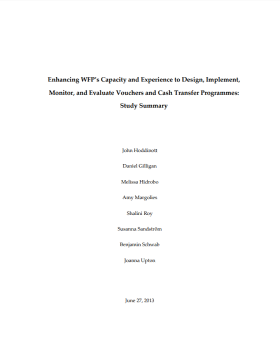
Enhancing WFP’s Capacity and Experience to Design, Implement, Monitor, and Evaluate Vouchers and Cash Transfer Programmes: Study summary
Report
With support from the Government of Spain, and in partnership with the World Food Programme (WFP), researchers from the International Food Policy Research Institute (IFPRI) evaluated four pilot projects to assess the comparative performance of cash transfers, food payments, and vouchers on household food...
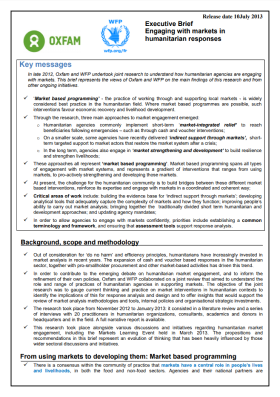
Executive Brief: Engaging with markets in humanitarian responses
Policy paper
In late 2012-early 2013, WFP and Oxfam collaborated on a piece of research that aimed to understand how humanitarian agencies are currently engaging with markets and how this work might evolve. The research culminated in the writing of this brief.
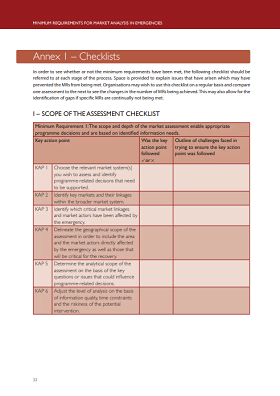
Minimum Requirements For Market Analysis In Emergencies: Annex 1 – Checklists
Report
In order to see whether or not the minimum requirements have been met, the following checklist should be referred to at each stage of the process. Space is provided to explain issues that have arisen which may have
prevented the MRs from being met. Organisations may wish to use this checklist on a regular...
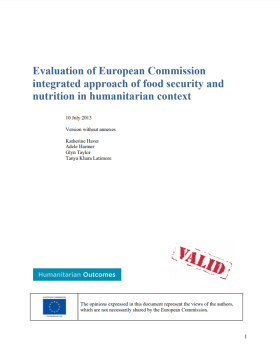
Evaluation of European Commission Integrated Approach of Food Security and Nutrition in Humanitarian Context
Report
The present evaluation was commissioned to assess DG ECHO’s operational capacity to fund integrated food security and nutrition operations in line with the Humanitarian Food Assistance Communication (2010) and related policies. It asks whether DG ECHO-funded food assistance supports, or perhaps hinders,...
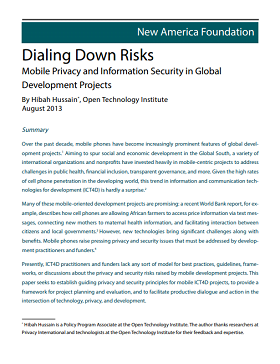
Dialing Down Risks: Mobile Privacy and Information Security in Global Development Projects
Report
Over the past decade, mobile phones have become increasingly prominent features of global development projects. Aiming to spur social and economic development in the Global South, a variety of international organizations and nonprofits have invested heavily in mobile-centric projects to address challenges...

Logistics and Administration Guideline for Cash Based Interventions – Annexes
Guidelines and Tools
These annexes are designed to be used alongside the Logistics and Administration Guideline for Cash Based Interventions, which aims to support logisticians and administrators to successfully support cash based interventions (CBIs) and to help technical departments too. The annexes include: a the CALP...

Summary EMMA Report Bantayan Island
Report
Bantayan Island is located in Northern Cebu, consist of three municipalities of Bantayan, Madridejos and Santa Fe. The island was affected by Haiyan typhoon, Oxfam has been carrying out its
emergency response covering 39 barangays in 3 municipalities.
Bantayan Island is in the early recovery area: market...
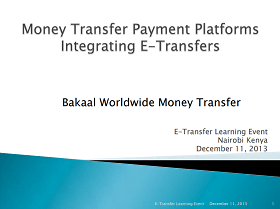
Money Transfer Payment Platforms Integrating E-Transfers
Report
Bakaal Worldwide Money Transfer

NGO and Donor Consultations on Results-Based Protection
Presentation
InterAction carried out a series of two-hour consultations from November 2012 to March 2013. The consultation process explored aspects of results based protection by engaging agencies in a discussion on how they understand and measure protection. A total of 26 consultations took place that included...

Comparative Review of Market Assessments Methods, Tools, Approaches and Findings
Guidelines and Tools
Against a backdrop of climate change, global economic crises and commodity market volatility, food security experts are increasingly interested in deepening their understanding of how markets work. In 2011, the the CALP Network commissioned this study, which aimed to assess how we are currently analysing...

2013 Humanitarian Accountability Report
Report
To celebrate the Humanitarian Accountability Partnership’s 10th anniversary, the 2013 Humanitarian Accountability Report reviews progress made over the past decade, and looks at the innovations the sector has adopted to make itself more accountable to populations affected by crises.

Results-Based Practitioners’ Roundtable Summary Report
Report
This document summarises the discussions held at the Results-Based Practitioners’ Roundtable. This included discussions surrounding the obstacles to measuring the impact of protection and the development of a results-based approach to protection.
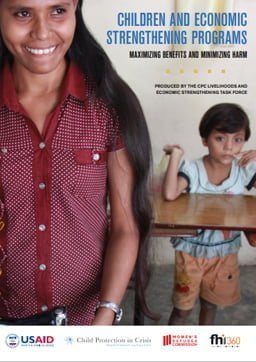
Children and Economic Strengthening Programmes Maximising Benefits and Minimising Harm
Guidelines and Tools
This guide is designed for practitioners designing or implementing economic strengthening (ES) programs in low-income settings that are sensitive to the protection needs and well-being of vulnerable children. The guide provides an overview of key learning about how ES can achieve better outcomes and...
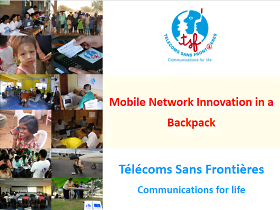
Mobile Network Innovation in a Backpack
Report
Our Core Activities – Rapid response telecommunications centres – Humanitarian calling operations (HCO) – free calls for civilians – Building local capacity for disaster preparedness – Bridging the digital divide with long-term community centers
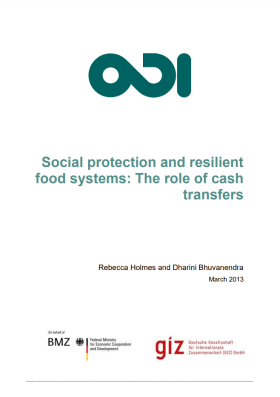
Social Protection and Resilient Food Systems: The role of cash transfers
Policy paper
Cash transfers – a form of social protection – have been increasingly used as a tool for reducing poverty and vulnerability in middle and low-income countries over the past decade. More recently, cash transfers have also been used as an alternative to food aid in humanitarian contexts. The objective...
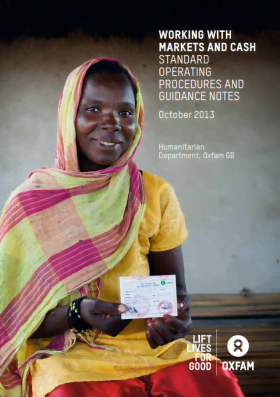
Working with Markets and Cash – Standard operating procedures and guidance notes
Guidelines and Tools
The purpose of these standard operating procedures (SOPs) is to provide humanitarian teams, across the different departments and sectors, a structured overview of how CTPs can be designed and implemented within Oxfam’s humanitarian programmes. It is meant to improve the working of a team by giving...
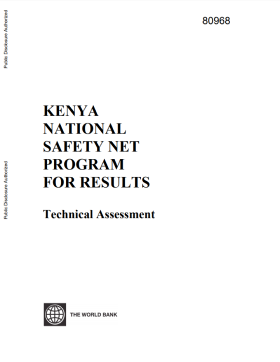
Technical Assessment of the Kenya National Safety Net Program for Results
Report
One of the priorities outlined in the National Social Protection Policy (NSPP) in Kenya, is the government’s ambition to enhance social assistance by developing the necessary institutions and strengthening operational systems while expanding the coverage of such programmes. To help realise this policy...

Supply‐Chain Research Opportunities with the Poor as Suppliers or Distributors in Developing Countries
Report
Many social enterprises and some companies have developed supply chains with the poor as suppliers or distributors to alleviate poverty and to create revenues for themselves. Such supply chains have created new research opportunities because they raise issues fundamentally different from those examined...